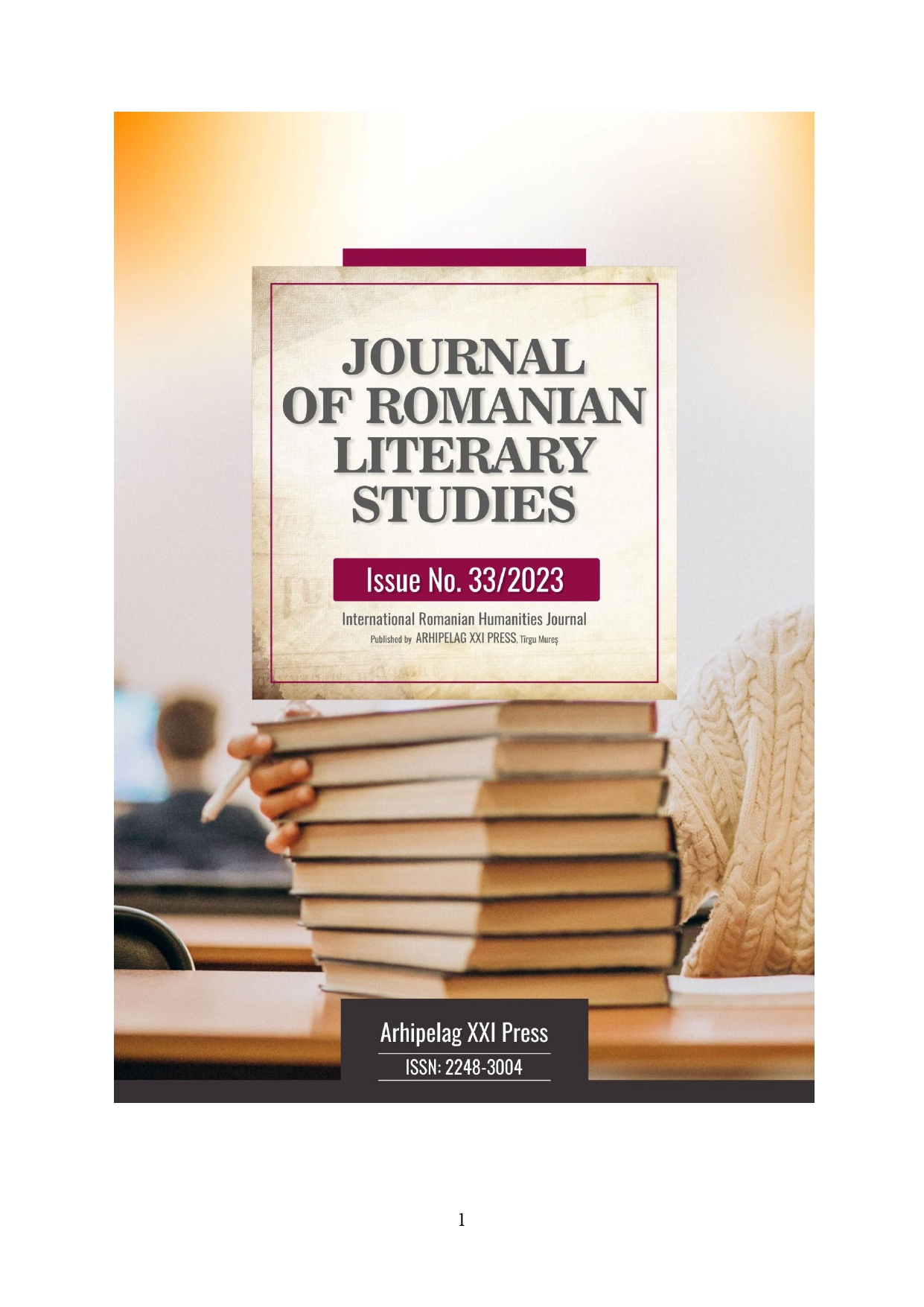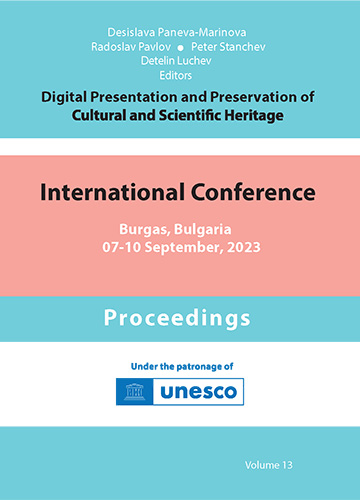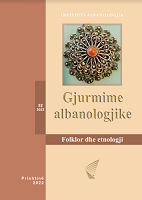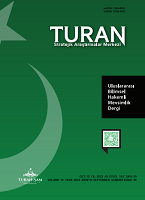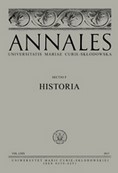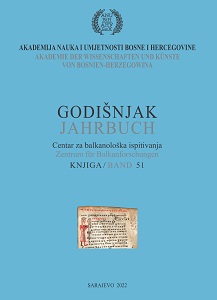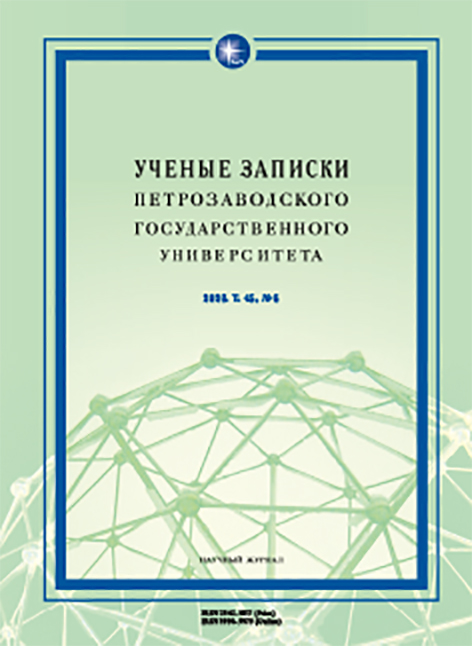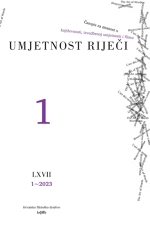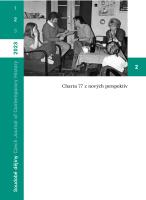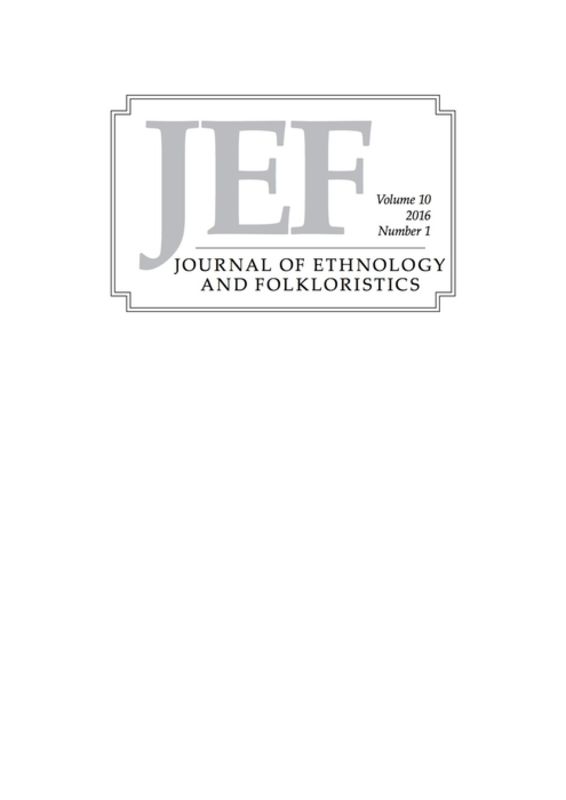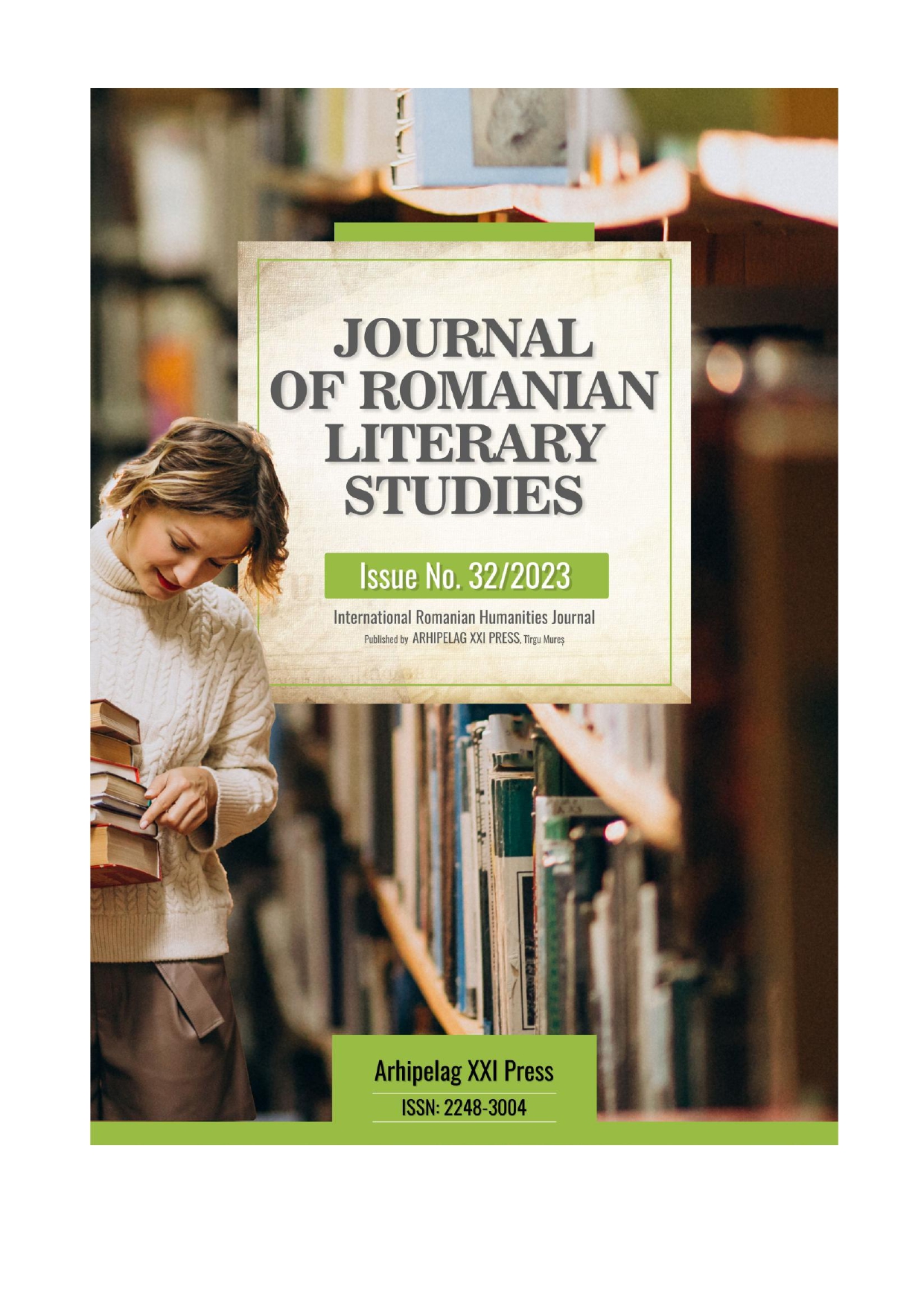
MYTHICAL AND BALLADIC IN THE POEM DUPĂ MELCI, BY ION BARBU
The poet Ion Barbu modernizes to the limit the ballad genre of folk origin, the analysis of the ballad „După melci” („After snails”) amply proving this fact. The poetry is fueled by personal memories and folklore reminiscences and the use of folklore material is remarkable. The ballad has a deeply tragic background, being also a parable of knowledge and creation. In this poem the individual, in the infant stage, is the possessor of magical practices, so that all kingdoms have, for him, an „anima”, which he must take into account in any attempt to take control of the real. The magical scenario is fundamental in Romanian folklore, without necessarily acquiring a demonological value. Starting from the rite of disenchantment of the snail, the poet extracts the tragic significance of the act of revelation. The child triggers the forces of magic without knowing the harmful effects of his act: he unconsciously violates the ontological restriction, disturbing the laws of nature. The ballad therefore raises the important question of the meaning of initiation: not everyone has the right to master certain powers derived from human knowledge. In this article, I made an analysis of the ballad from a mythological perspective, the poet using here themes and motifs inspired by mythology: the totem animal - able to unleash the magical forces of nature, the sorcerer's apprentice - unable to control the magical forces that he himself unleashed, the Walpurgis night, enchantment and mourning, the demonic bestiary and the use of some mythological characters.
More...
